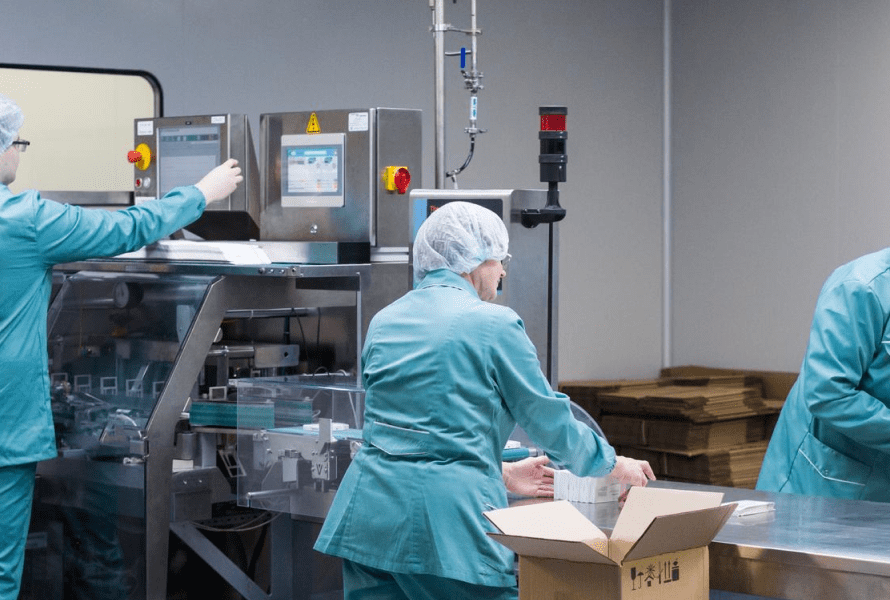Technology transfer in pharmaceutical manufacturing is a critical process that involves transferring knowledge and technologies from one organization or facility to another. This process ensures that products are consistently produced and controlled according to quality standards. Here are some best practices and common pitfalls to avoid in technology transfer.
Best Practices
1. Clear Documentation
Comprehensive and clear documentation is essential for successful technology transfer. This includes detailed process descriptions, protocols, standard operating procedures (SOPs), and batch records. Ensure that all documents are up-to-date and thoroughly reviewed.
2. Cross-Functional Teams
Assemble cross-functional teams that include representatives from R&D, manufacturing, quality assurance, regulatory affairs, and supply chain. Collaboration across departments ensures that all aspects of the transfer are covered and that potential issues are identified early.
3. Detailed Transfer Plan
Develop a detailed transfer plan that outlines all steps involved in the transfer process. The plan should include timelines, responsibilities, risk assessments, and contingency plans. Regularly update the plan as the project progresses.
4. Training and Knowledge Transfer
Provide comprehensive training for all personnel involved in the transfer. This includes hands-on training, workshops, and knowledge-sharing sessions. Ensure that the receiving team fully understands the process and has the skills needed to implement it successfully.
5. Pilot Runs and Validation
Conduct pilot runs to test the process under real-world conditions. Use these runs to identify and address any issues before full-scale production begins. Additionally, perform process validation to demonstrate that the process consistently produces products meeting all quality requirements.
6. Quality Assurance and Control
Implement robust quality assurance and control measures throughout the transfer process. This includes in-process controls, final product testing, and regular audits. Quality should be monitored continuously to ensure that the transferred process meets all standards.
7. Regular Communication
Maintain regular communication between all parties involved in the transfer. Hold regular meetings to discuss progress, address challenges, and make necessary adjustments. Clear and open communication helps prevent misunderstandings and ensures alignment.
Pitfalls to Avoid
1. Inadequate Planning
Lack of detailed planning can lead to missed deadlines, budget overruns, and failed transfers. Ensure that a comprehensive plan is in place before starting the transfer process.
2. Insufficient Documentation
Poor or incomplete documentation can cause confusion and errors during the transfer. Make sure all documents are thorough, clear, and accessible to all team members.
3. Lack of Training
Failing to provide adequate training can result in errors and inefficiencies. Ensure that all personnel involved in the transfer are properly trained and confident in their roles.
4. Overlooking Regulatory Requirements
Neglecting regulatory requirements can lead to non-compliance issues and delays in product approval. Stay updated on all relevant regulations and ensure that the transfer process adheres to them.
5. Poor Communication
Lack of communication can result in misunderstandings and misaligned expectations. Maintain regular and clear communication throughout the transfer process.
6. Ignoring Risk Management
Failing to identify and mitigate risks can lead to unforeseen problems. Conduct thorough risk assessments and have contingency plans in place for potential issues.
7. Underestimating Time and Resources
Underestimating the time and resources needed for the transfer can cause significant setbacks. Be realistic about the demands of the transfer process and allocate sufficient resources.
Conclusion Successful technology transfer in pharmaceutical manufacturing requires careful planning, thorough documentation, effective training, and robust quality assurance. By following best practices and avoiding common pitfalls, companies can ensure a smooth and efficient transfer process that maintains product quality and compliance.



